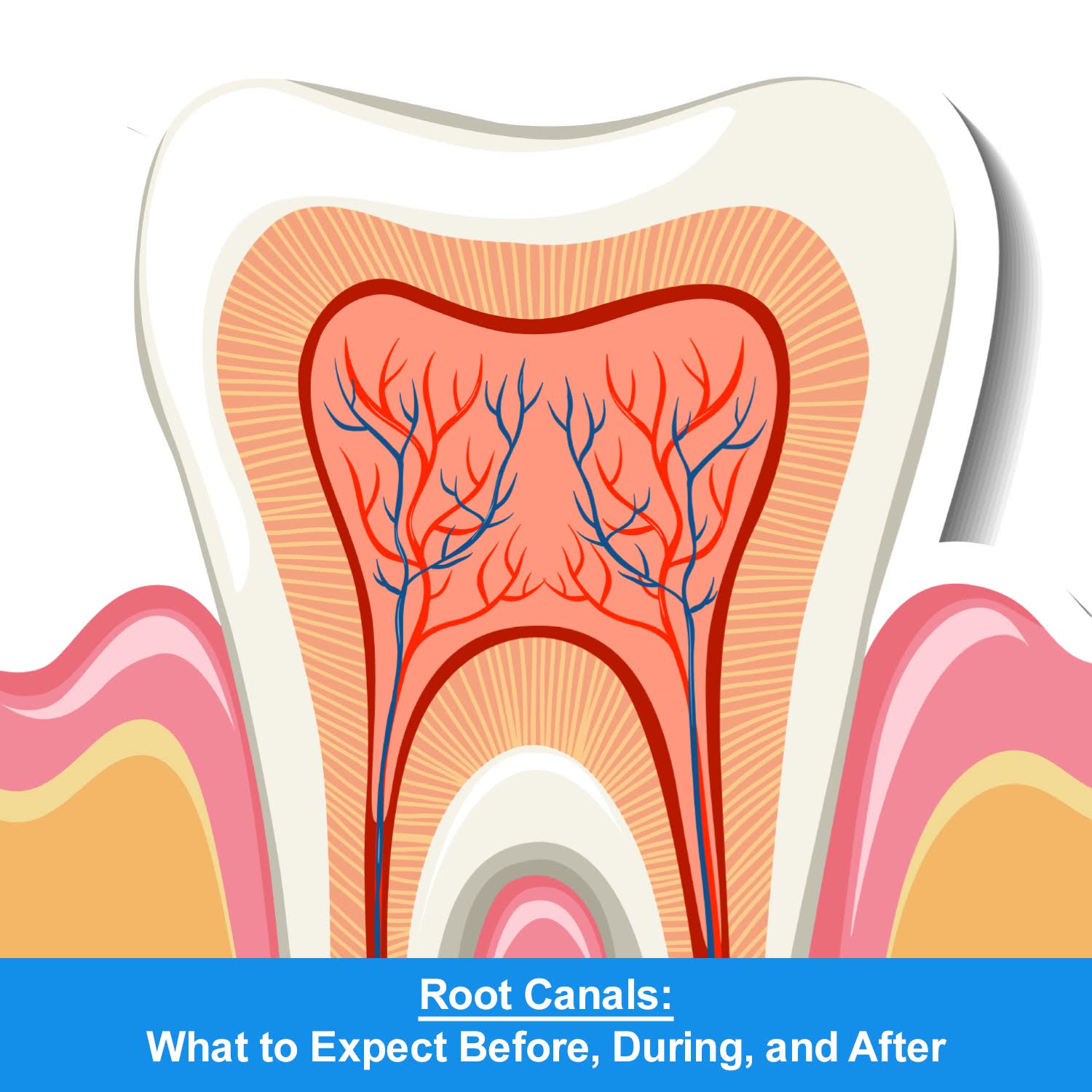
Introduction
Root canals are often misunderstood, but they’re a common and helpful way to save a tooth. Even though the term might sound scary, the reality is that a root canal is usually painless and very effective. This treatment is meant to stop pain, keep your natural tooth, and improve dental health.
We’ll go over each stage of a root canal: what happens before, during, and after. Understanding these steps can help reduce any worries and prepare you for a smooth recovery.
Summary
1. Understanding Root Canal Therapy: A Basic Overview
2. Signs That You May Need a Root Canal
3. Preparing for Your Root Canal: What to Expect
4. The Root Canal Procedure: Step-by-Step
5. What to Expect Immediately After the Procedure
6. Root Canal Recovery: Taking Care of Your Tooth
7. When and Why You Might Need a Dental Crown
8. Long-Term Care After a Root Canal
9. Dispelling Myths About Root Canals
1. Understanding Root Canal Therapy: A Basic Overview
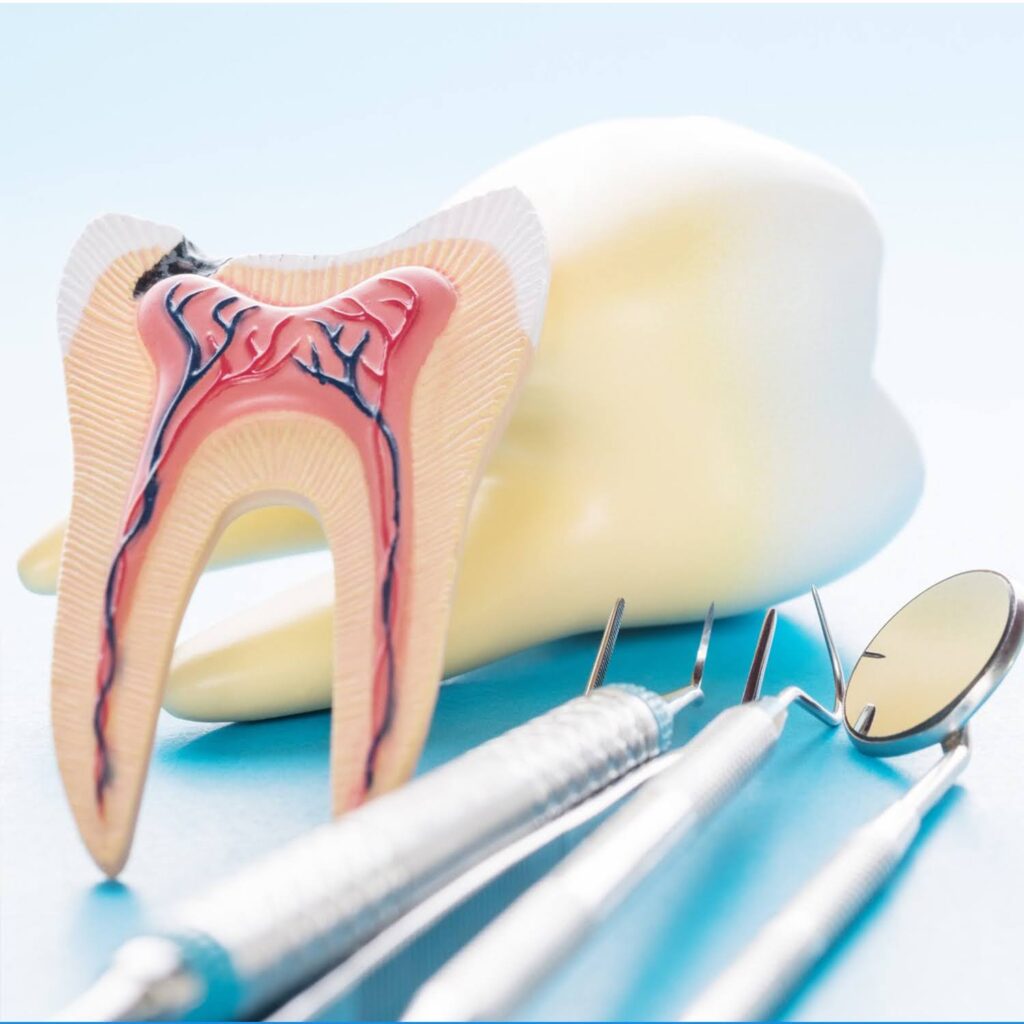
Root canal therapy, also called endodontic treatment, treats infection inside a tooth. When a tooth is decayed or damaged, bacteria can get into the tooth’s pulp—the soft tissue with nerves and blood vessels. If untreated, this infection can cause serious pain, and abscesses, or even lead to losing the tooth.
During a root canal, the infected pulp is removed, and the inside of the tooth is cleaned, shaped, and sealed to stop further infection. Thanks to modern dental technology, root canals are now mostly painless and are meant to relieve pain, not cause it.
2. Signs That You May Need a Root Canal
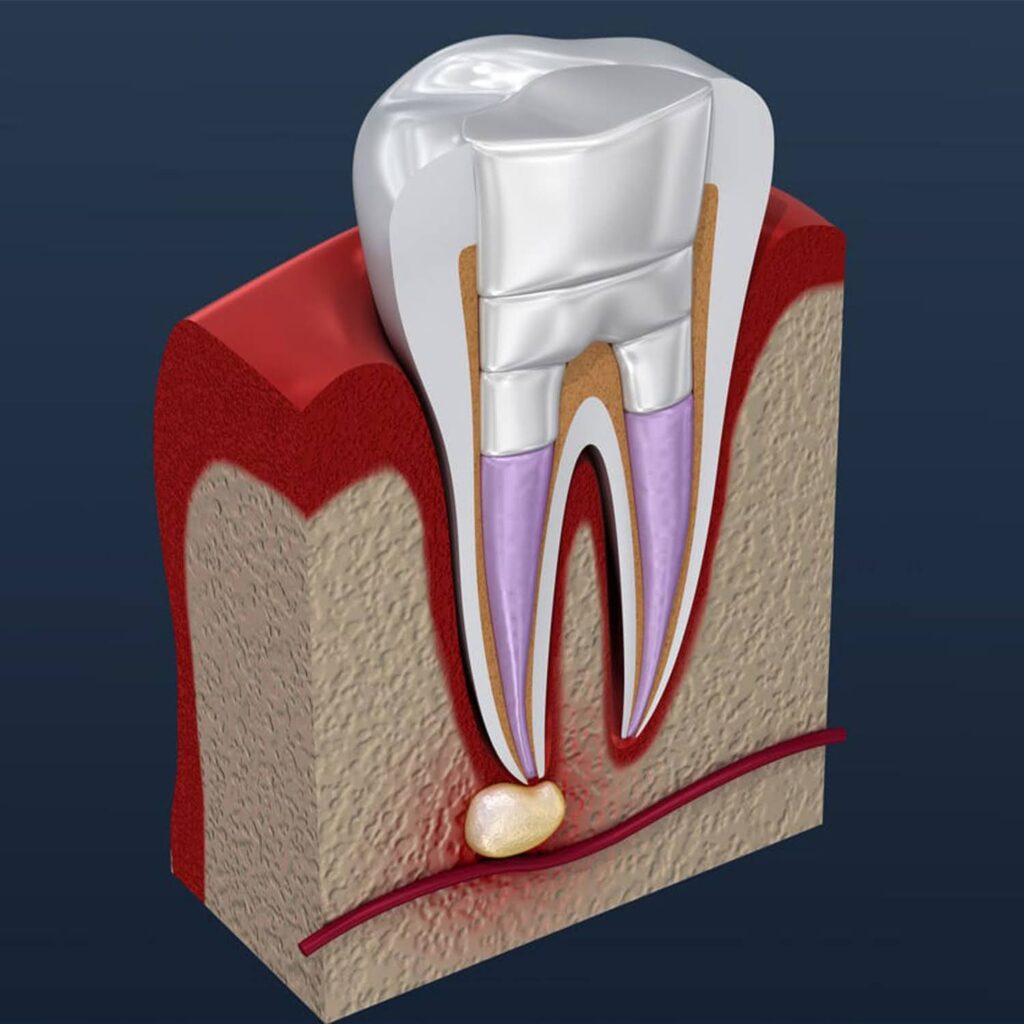
Recognizing the symptoms that might require root canal treatment can help you seek timely care. Persistent tooth pain, sensitivity to hot and cold, and swelling around the gums are all possible indicators.
If your tooth hurts intensely when you bite down, or you notice darkening of the tooth, these are signs of potential nerve damage or infection. Even if the pain comes and goes, it’s crucial to address these symptoms early. Ignoring them can lead to further complications, making treatment more extensive later.
3. Preparing for Your Root Canal: What to Expect
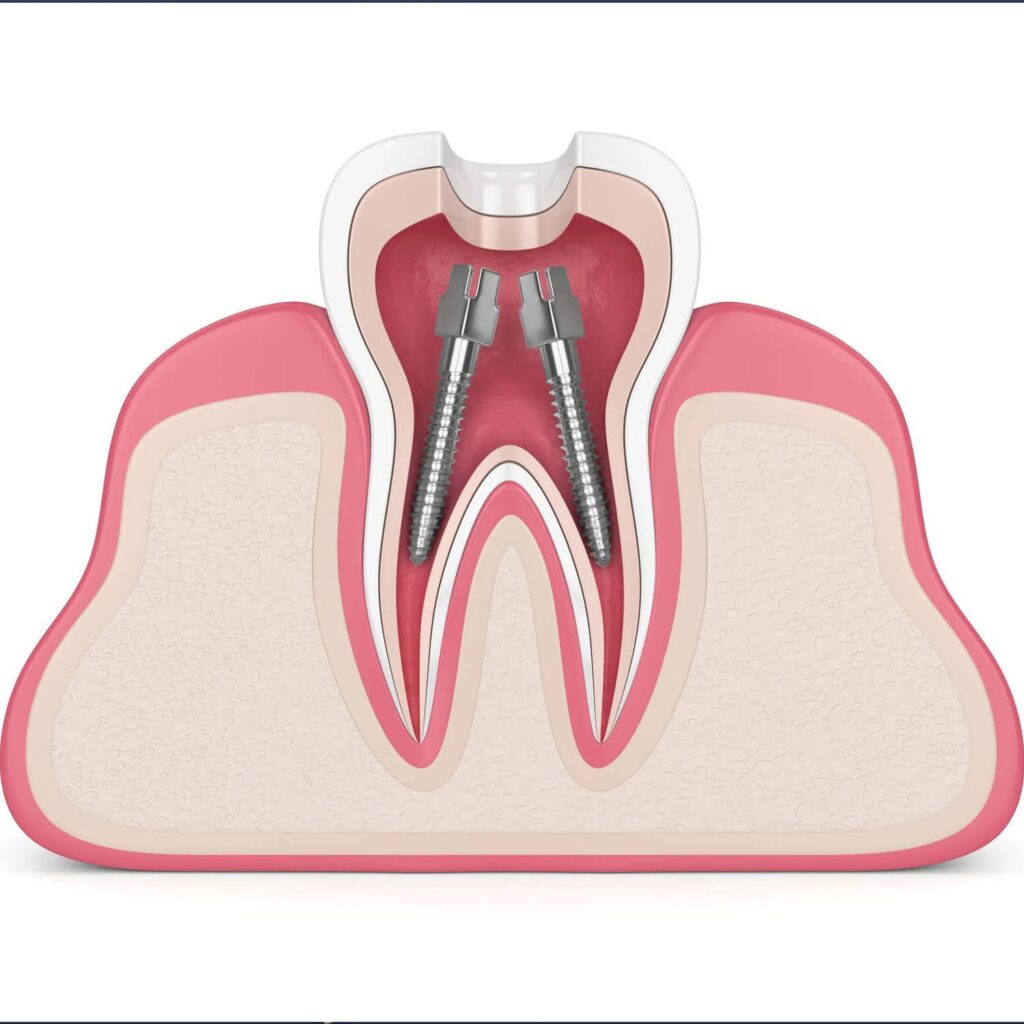
Preparation is key to having a smooth root canal experience. Your dentist will likely take X-rays to examine the tooth and see how serious the infection is. These X-rays give a clear view of the root canal system, helping the dentist create an effective treatment plan.
Before the procedure, your dentist may suggest avoiding certain medications or foods. They might also recommend eating a good meal, as you’ll probably feel some numbness in your mouth afterward. Being aware of these preparations can help make your root canal as comfortable as possible.
4. The Root Canal Procedure: Step-by-Step
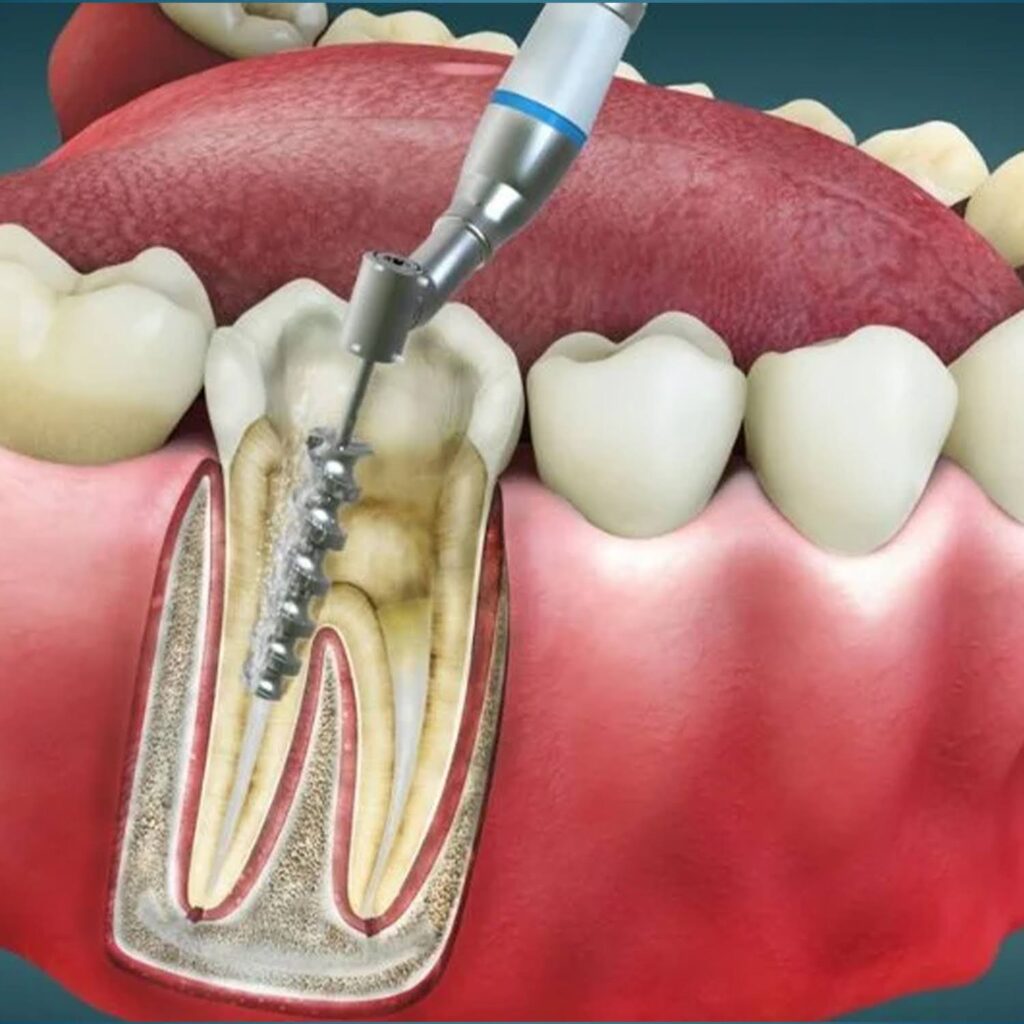
Root canal treatment usually involves several careful steps to clean and protect the tooth. The first step is giving you anesthesia to numb the area, so you don’t feel any pain during the procedure. Despite what people might think, a root canal feels much like having a cavity filled.
Once you’re numb, the dentist makes a small opening in the top of the tooth to reach the infected pulp. Using tiny tools, they carefully remove the infected tissue and clean the root canals. After that, the dentist shapes the root canals and fills them with a material called gutta-percha. This filling helps prevent future infections and strengthens the tooth.
5. What to Expect Immediately After the Procedure
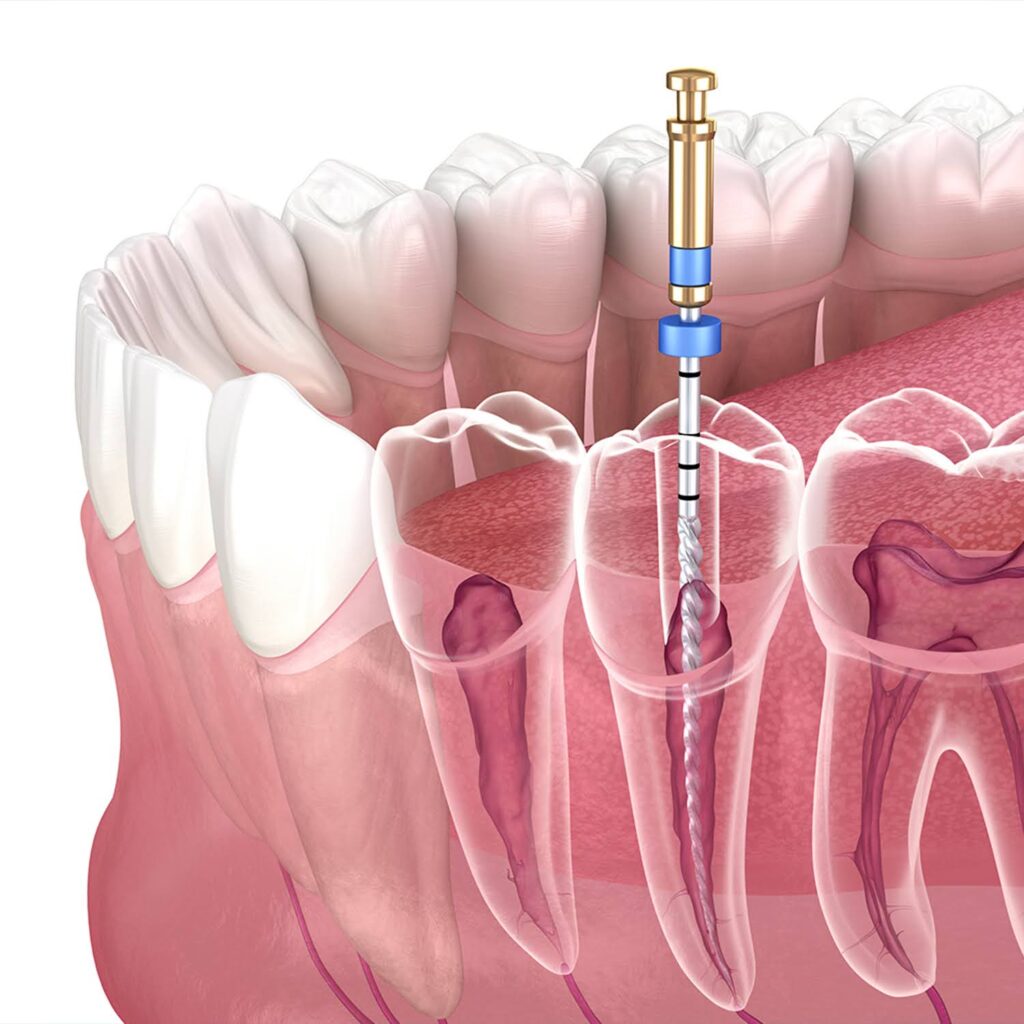
After your root canal, you may feel some tenderness in the area. This is natural as the tissue around the tooth heals. Over-the-counter pain relievers, like ibuprofen, are usually effective for managing any discomfort. It’s also advisable to avoid chewing on the treated tooth for a few days to allow healing.
Your dentist may provide specific instructions for aftercare, such as rinsing with a saline solution or using a soft-bristle toothbrush. Following these instructions will help the healing process and reduce the chance of complications.
6. Root Canal Recovery: Taking Care of Your Tooth

The recovery phase after a root canal is essential for long-term success. While most people experience minimal discomfort, it’s important to monitor your mouth and avoid any habits that could hinder healing. Avoiding sticky or hard foods, for example, can prevent stress on the treated tooth.
During recovery, be mindful of any changes in how your tooth feels. Persistent pain, swelling, or unusual sensations should be reported to your dentist immediately. These could indicate the need for further care or even additional treatment in rare cases.
7. When and Why You Might Need a Dental Crown
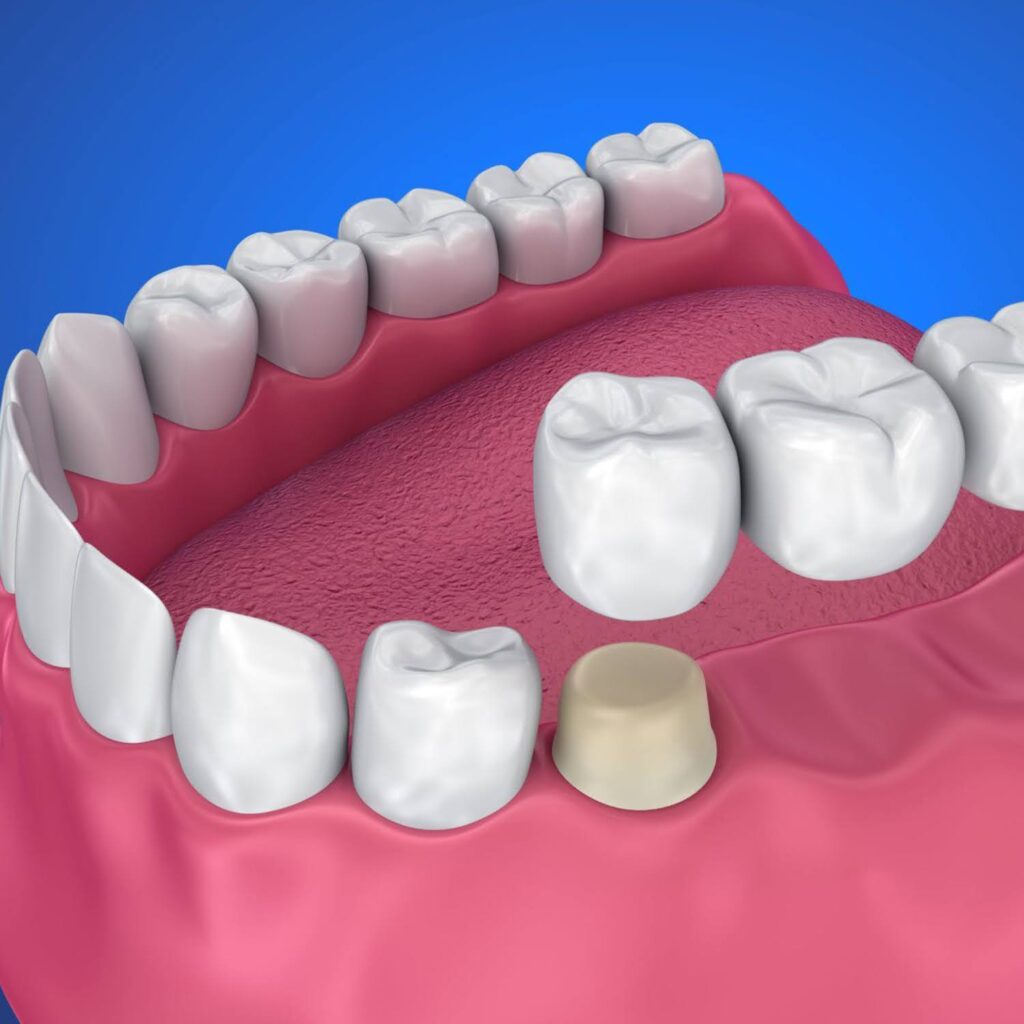
After a root canal, your dentist often recommends getting a dental crown. Since the treated tooth can become brittle, a crown provides protection and helps restore its strength and function. Your dentist will schedule a follow-up appointment to place the crown, ensuring it fits well and feels natural.
The crown not only makes the tooth more durable but also helps keep your smile looking natural. With proper care, a crowned tooth can last as long as your other natural teeth, allowing you to chew and smile with confidence.
8. Long-Term Care After a Root Canal
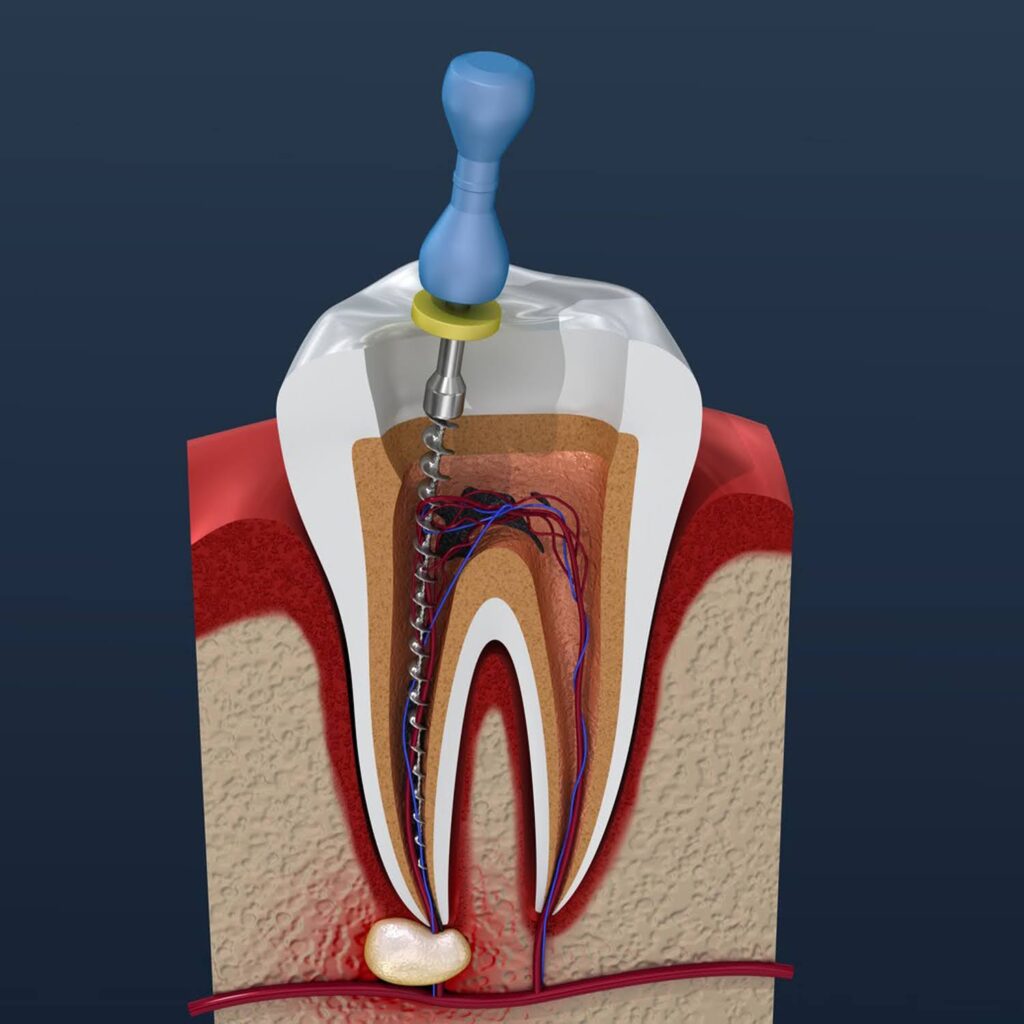
Proper dental care is crucial after a root canal to keep the tooth healthy for years to come. Regular brushing, flossing, and dental checkups are essential for maintaining a strong foundation for your treated tooth.
It’s important to remember that while root canal therapy is highly effective, it doesn’t make the tooth immune to decay or other issues. Routine dental visits allow your dentist to monitor the health of the tooth and address any concerns early on. A root canal-treated tooth can last a lifetime if cared for properly.
9. Dispelling Myths About Root Canals
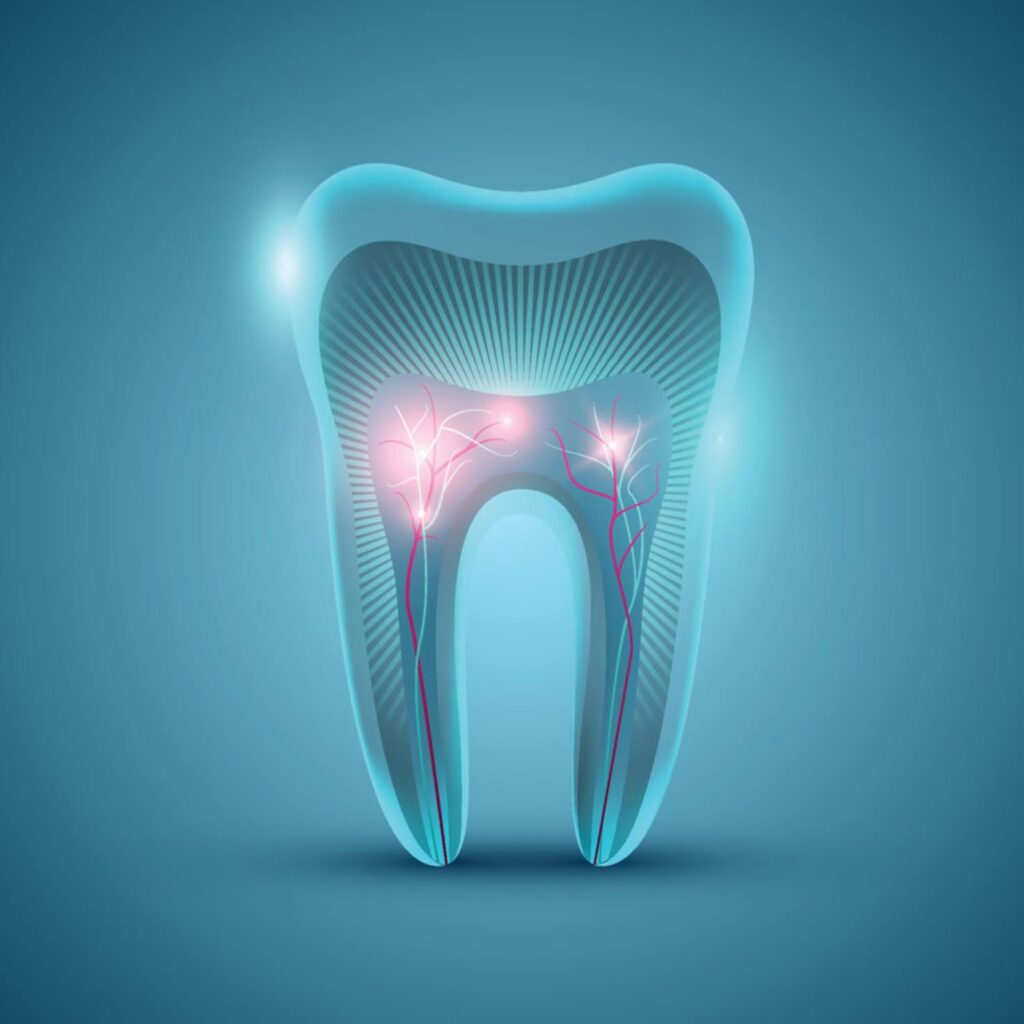
One of the reasons many people fear root canals is due to common myths. Contrary to what some believe, root canals are not excruciatingly painful. They are performed to relieve pain, not cause it. With advancements in technology, root canal treatments today are safe, efficient, and relatively painless.
Another myth is that root canals lead to illness. Studies have shown that root canals are safe and do not increase the risk of disease in other parts of the body. Understanding the facts can make root canals far less intimidating and empower you to seek the care you need.
FAQs
Q.1. Is a root canal painful?
A.1. No, a root canal is typically not painful. Local anesthesia ensures you feel little to no discomfort during the procedure.
Q.2. How long does a root canal take?
A.2. Most root canal procedures can be completed in one to two hours, depending on the tooth’s complexity.
Q.3. Can a root canal-treated tooth get infected again?
A.3. While rare, a root canal-treated tooth can become infected again. Regular dental checkups help prevent this.
Q.4. Will I need a crown after my root canal?
A.4. Often, a crown is recommended after a root canal to protect the tooth and restore its strength.
Q.5. How long does recovery take after a root canal?
A.5. Most patients recover within a few days, although it’s best to avoid hard foods and strenuous chewing during this time.
Conclusion
Understanding what to expect before, during, and after a root canal can significantly reduce anxiety and help you prepare for the procedure. Root canal therapy is a safe and effective way to save your tooth and alleviate pain. By recognizing the signs of infection early, preparing for your appointment, and following post-treatment care instructions, you can ensure a smooth and successful recovery.
With modern dental advancements, root canals are no longer a source of dread. Instead, they are a pathway to preserving your dental health and maintaining your smile. If you suspect you might need a root canal, don’t hesitate to consult your dentist. Taking proactive steps toward your dental care will lead to a healthier and happier you.
For personalized help or to schedule a consultation, contact our team at (267) 908-4867 or visit our website at https://premierperiodonticspa.com/contact-us/. Your smile is our top priority, and we’re here to provide the support and care you need for a smooth dental experience. Trust us to take care of your oral health and help you achieve a bright, healthy smile!









